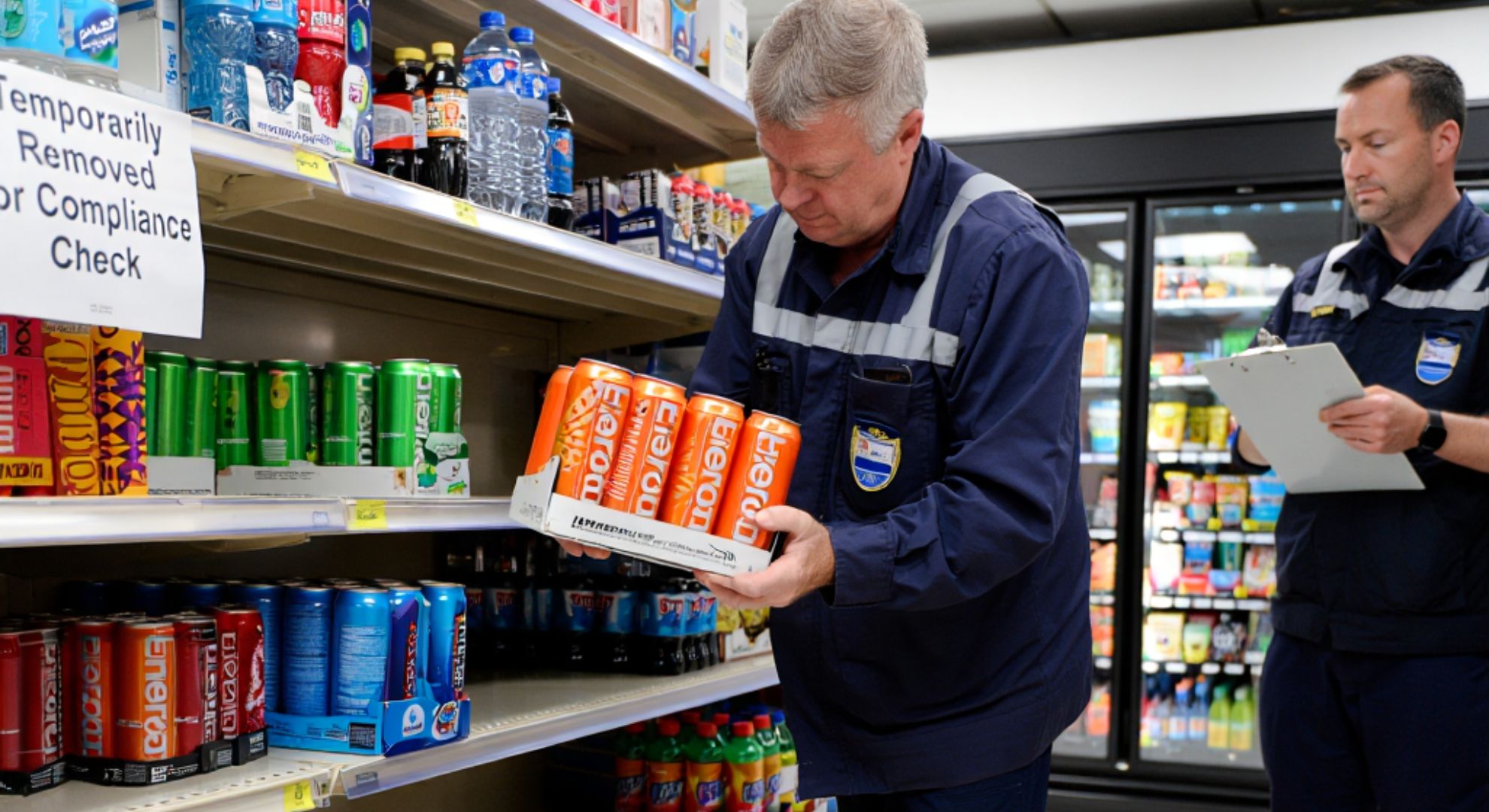Cabinet talk in Wellington has turned to sugar and caffeine, and the timing feels anything but accidental. With youth consumption rising and dentists sounding the alarm, ministers are weighing tighter reins on energy drinks that tip the scales toward high sweetness. The move would signal a more assertive public health stance, but it also puts retailers, brands, and everyday shoppers on a fresh collision course.
Why this is suddenly on the table
New Zealand’s health indicators point to familiar culprits: tooth decay, excess weight, and sleep disruption among teens. Energy drinks are not the only driver, but officials say their combination of added sugars and stimulating caffeine warrants a focused response. “Too much, too fast, too often,” is how one advocate describes the after-school pattern of big cans and bigger spikes.
Behind the scenes, policy teams are studying thresholds used overseas, consumer warnings, and placement rules that keep sugary drinks away from checkouts. “We’re not trying to be the fun police,” the thinking goes, “we’re trying to rebalance choice and risk.”
What the rules could look like
Early briefings suggest a package that mixes limits with nudges. Nothing is final, but officials are floating options designed to reduce high-sugar availability while nudging brands toward reformulation.
- A sugar threshold (for example, above 10 g per 100 ml) triggering age restrictions or outright removal from certain shelves
- Clear front-of-pack labels flagging high sugar and caffeine
- Placement rules in supermarkets to curb impulse buys near checkouts
- Stronger marketing limits, especially around schools and youth events
- A review of pack sizes to discourage large-volume single-serve cans
“Make the healthier choice the easier choice,” say public health voices, who want fewer ultra-sweet options staring kids in the face at 4 p.m.
How popular cans stack up
To ground the debate, here’s a snapshot of common energy drink profiles. Values are approximate and can vary by market and recipe.
| Drink (example) | Sugar per 250 ml | Caffeine per 250 ml | Hypothetical status if a 10 g/100 ml sugar trigger applied | Notes |
|---|---|---|---|---|
| Red Bull Original | ~27 g | ~80 mg | Restricted/flagged | Classic profile, widely available |
| V Energy Original (AU/NZ) | ~26 g | ~80 mg | Restricted/flagged | Popular in NZ, similar sugar |
| Monster Energy Original | ~27 g | ~80 mg | Restricted/flagged | Large formats amplify intake |
| Rockstar (Original) | ~33 g | ~85 mg | Restricted/flagged | Sugar varies by flavour |
| Red Bull Sugarfree | 0 g | ~80 mg | Likely unaffected | Non-sugar option |
| Monster Zero Sugar | 0 g | ~80 mg | Likely unaffected | Reformulated line |
Approximate label data; formulations and serving sizes can differ by country.
What supporters argue
Public health advocates frame the proposal as a guardrail, not a ban on energy drinks altogether. “Sugar isn’t just empty energy; it’s a freight train for teeth and metabolism,” goes one familiar line. Schools report afternoon crashes, irritable moods, and late-night wakefulness linked to early-evening sipping. In deprived areas, cheap promotions meet aggressive branding, producing what one nurse calls “a perfect storm for habits.”
Supporters also point to rapid industry pivoting when rules tighten. Set a high-sugar threshold, they argue, and brands quickly chase lower-sugar recipes to retain shelf space.
What critics fear
Retailers warn of a compliance maze and uneven enforcement. Smaller dairies worry about strained supplier relationships and lost margin if bestsellers vanish from coolers. Beverage companies stress adult choice and existing warnings, adding that caffeine intake from coffee dwarfs energy drink sip-by-sip contributions for many consumers.
“Don’t punish the majority for the habits of a few,” is a common refrain. Some also fear a black-market shift or cross-border buying if popular products go missing.
What shoppers might notice
If ministers go forward, expect a quick tilt toward low- and no-sugar lines, smaller default sizes, and labels that speak plainly about sugar and caffeine. The real-world effect could feel subtle at first—fewer towering cans, more reformulated SKUs, and less eye-level placement aimed at kids.
For parents, the change simplifies a common tug-of-war. “When the shelf changes, the battle at the till changes,” as one parent put it, “and the evening goes smoother.”
The path from idea to law
Any policy will go through consultation, regulatory drafting, and staged rollout. Brands will seek clarity on thresholds, timelines, and the status of limited-edition flavours. Retailers will ask for practical guidance on enforcement and shelf plans. Expect a phased transition, with audits focused more on education than early penalties.
However it lands, the message to manufacturers is clear: the era of high-sugar, high-volume energy drinks as everyday fare is closing. If New Zealand sets a firmer line, others in the region could follow its lead, trading a little buzz for a lot less sugar—and, with luck, quieter nights for teenage brains and their tired parents.
